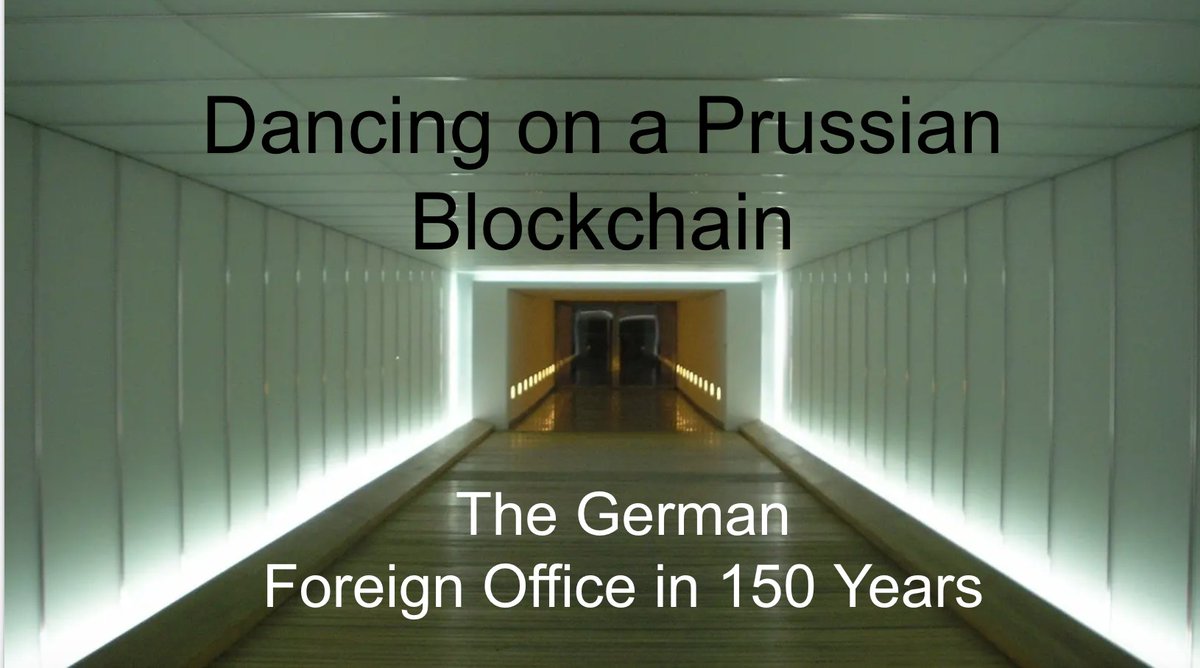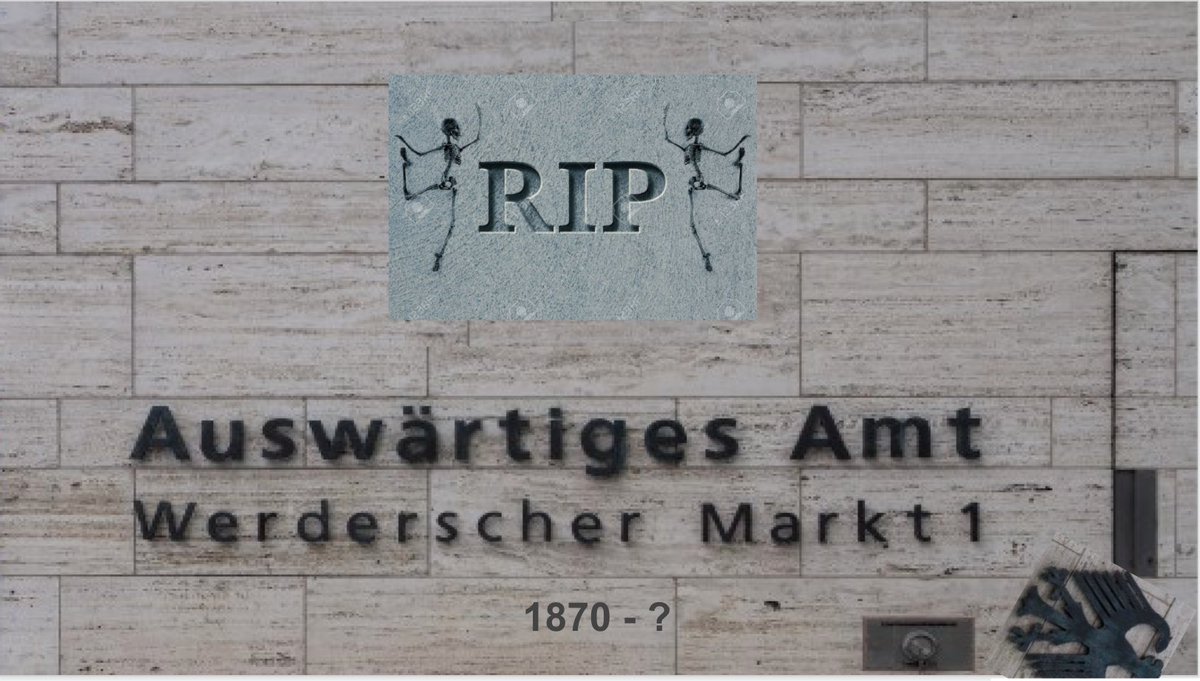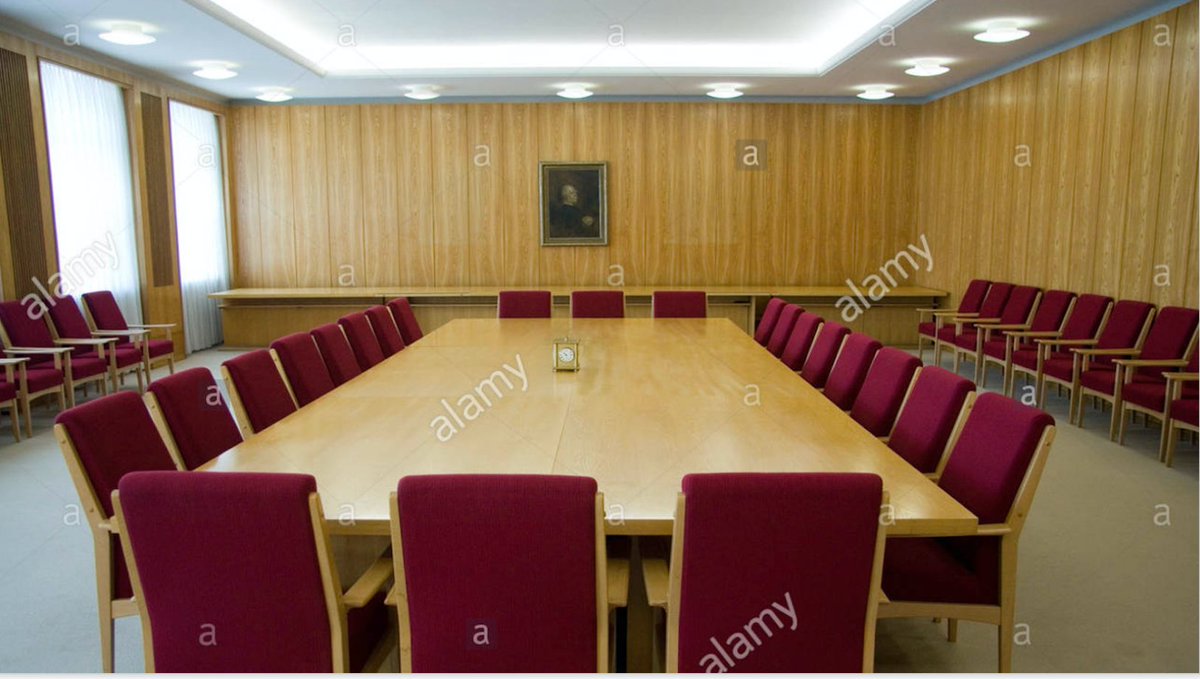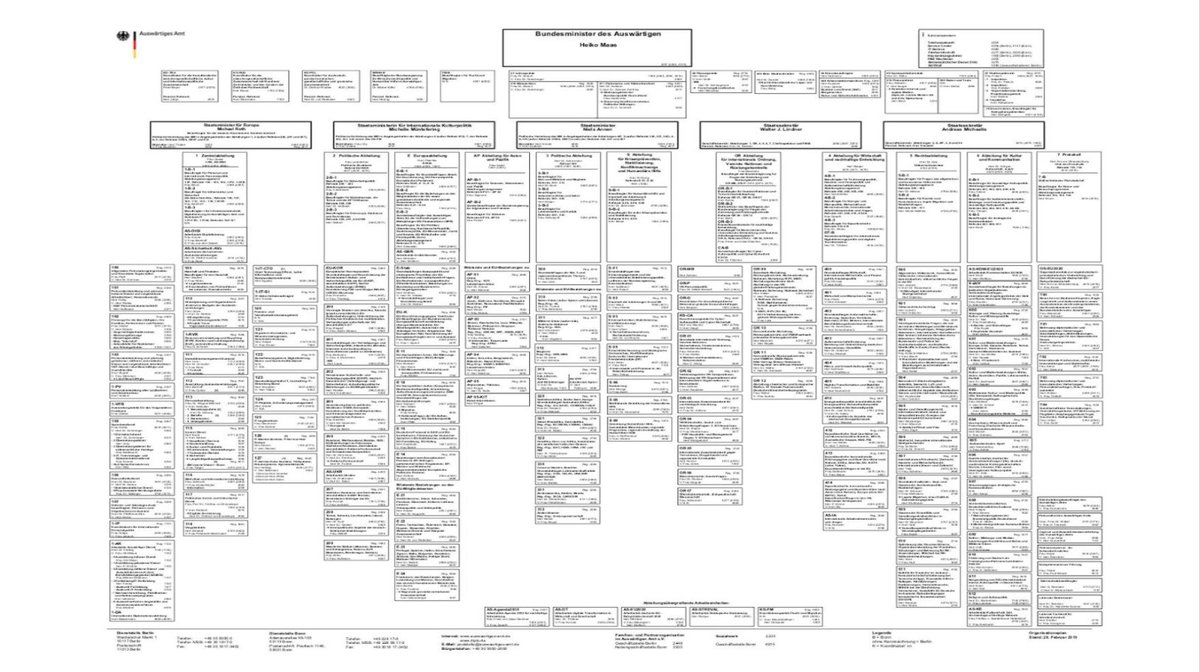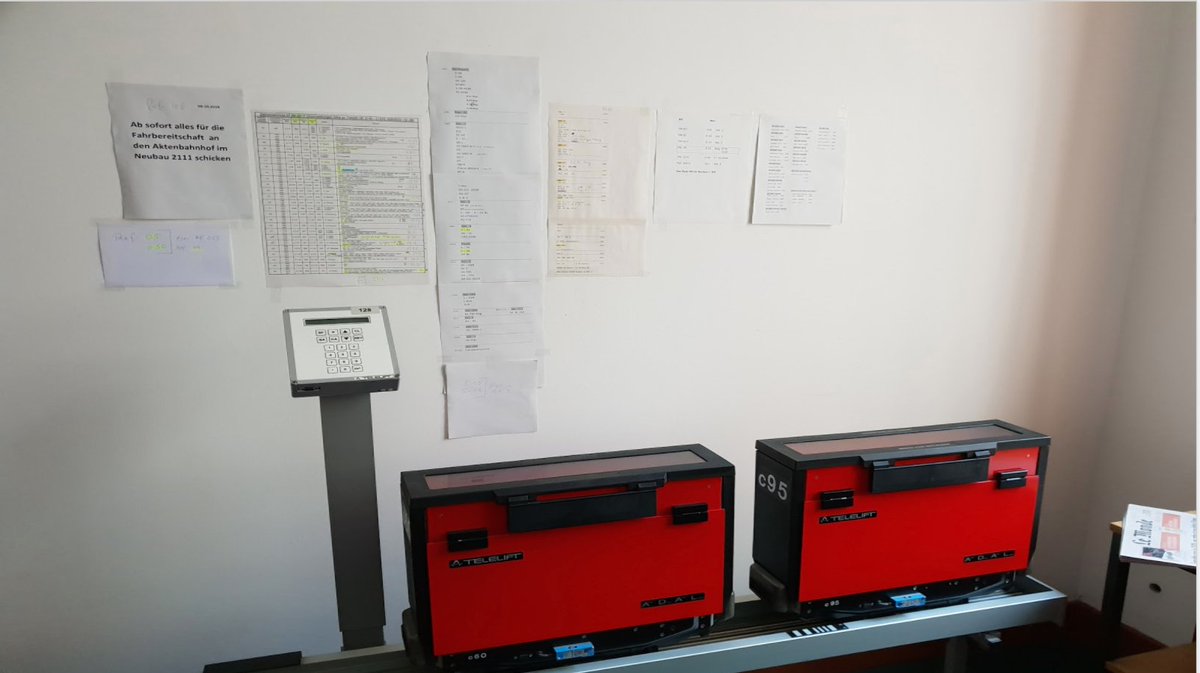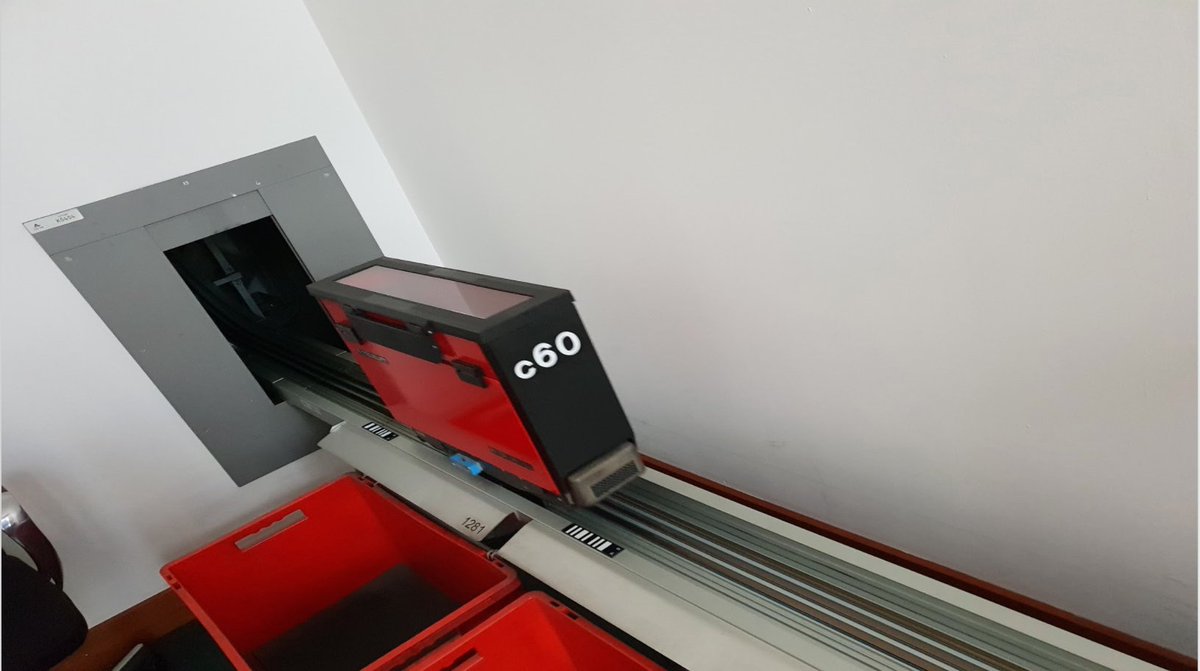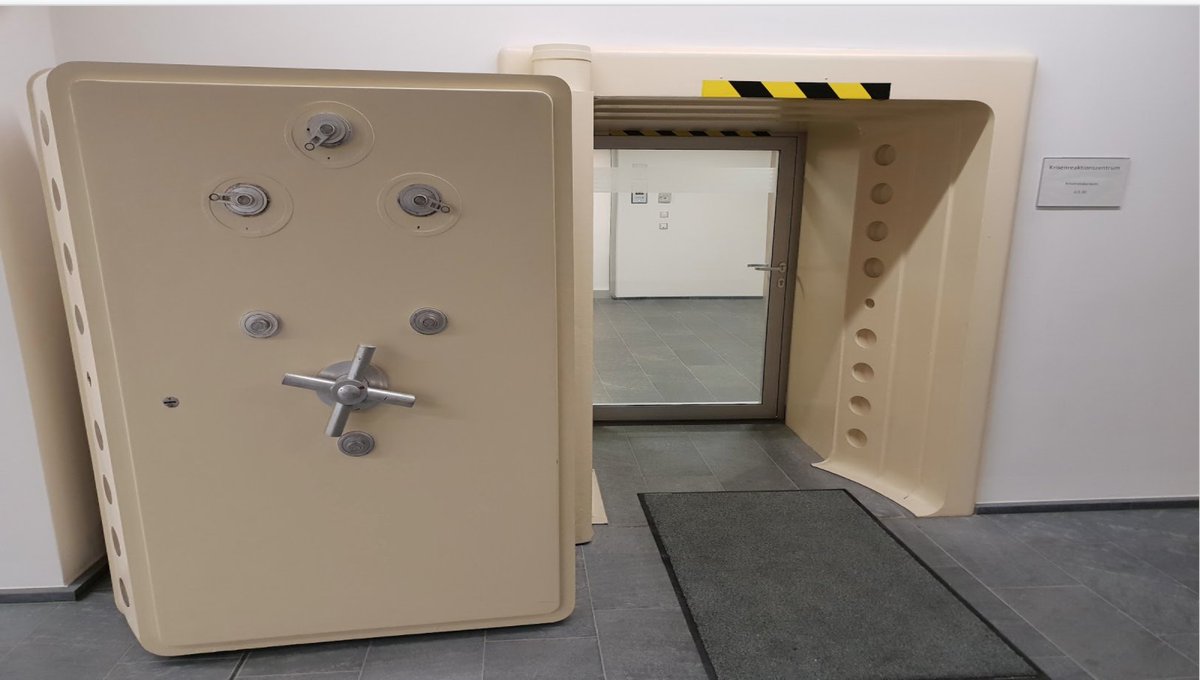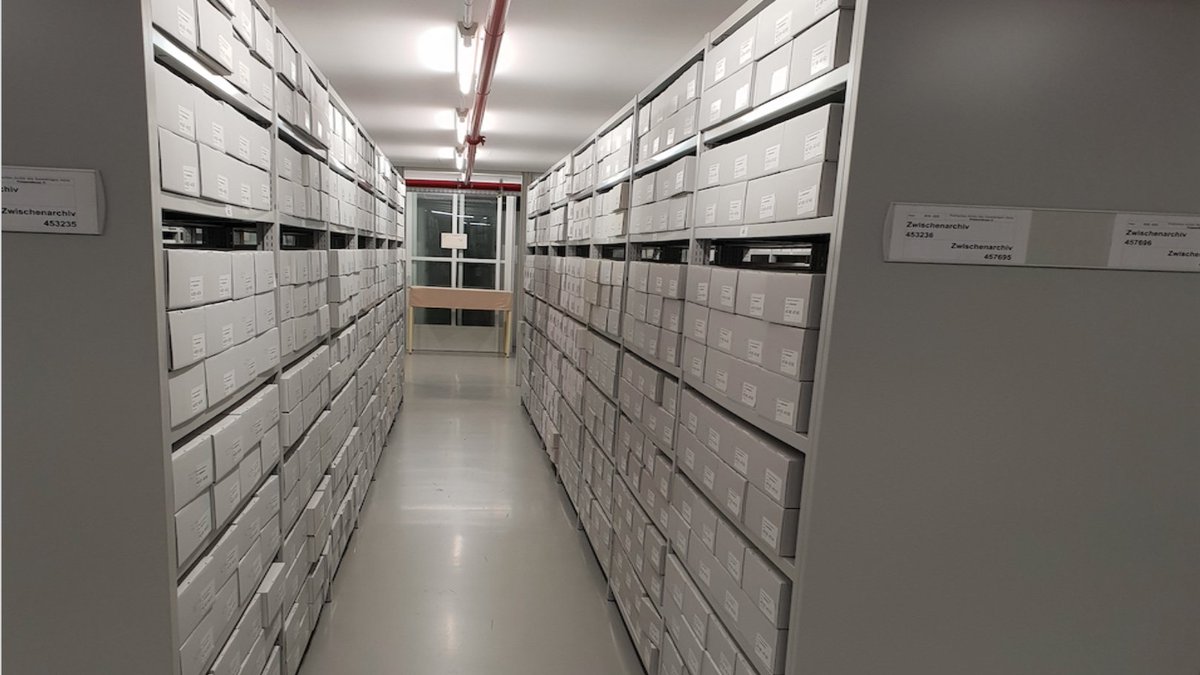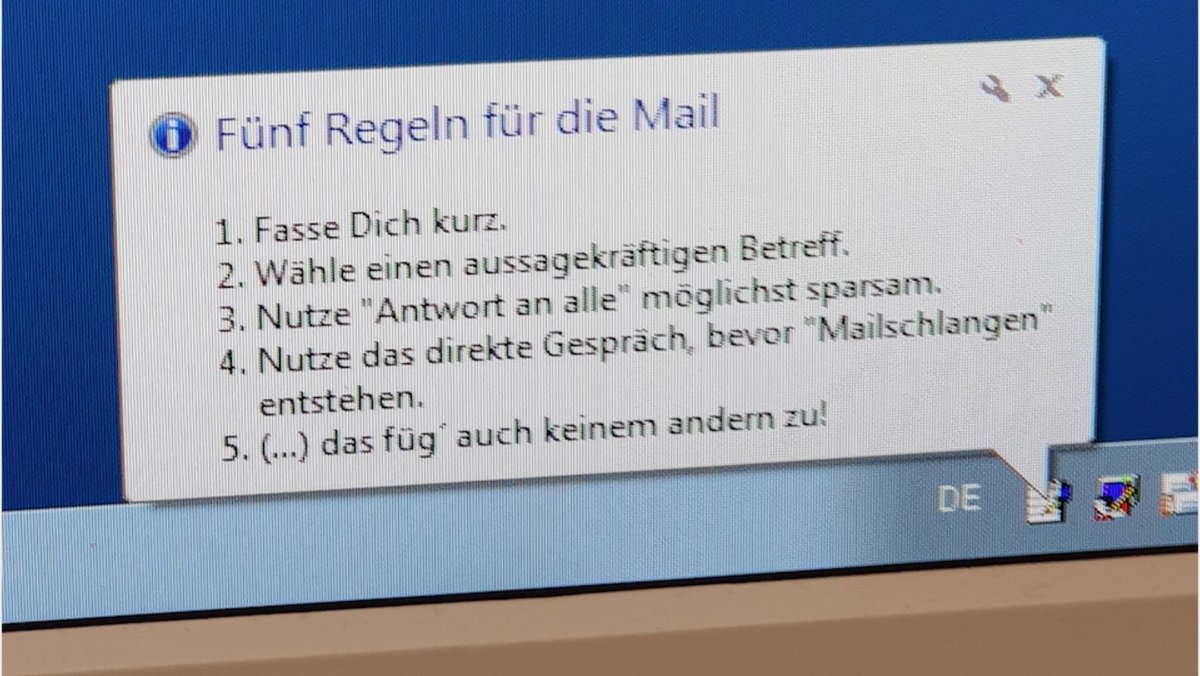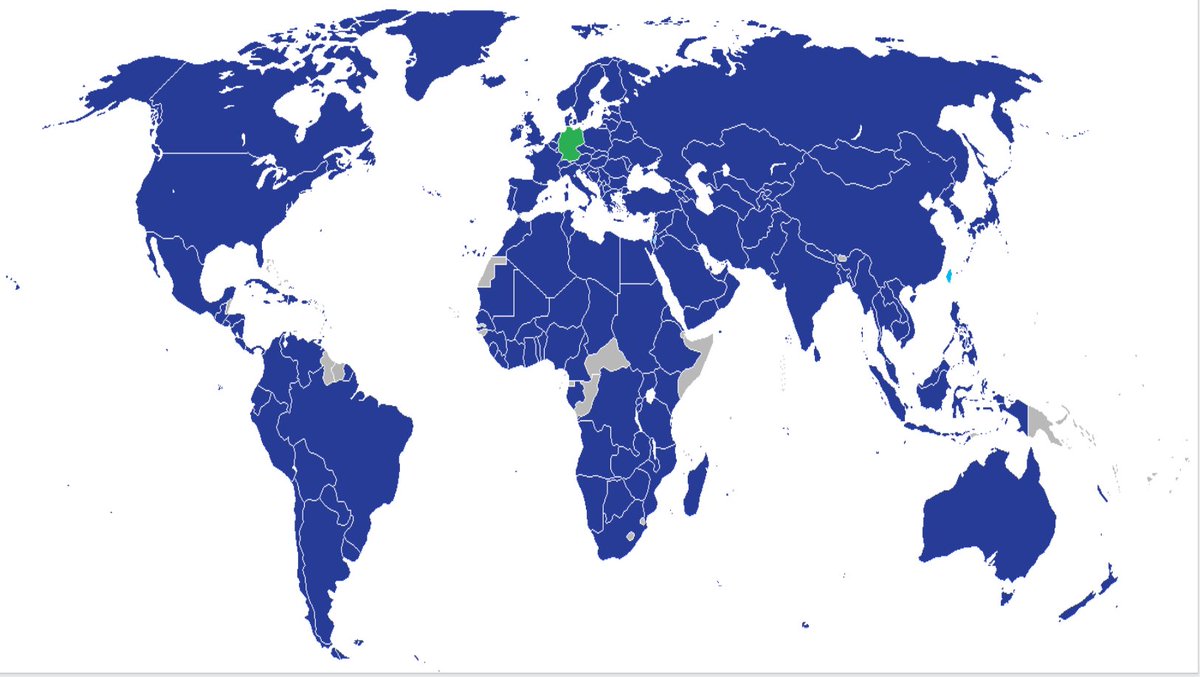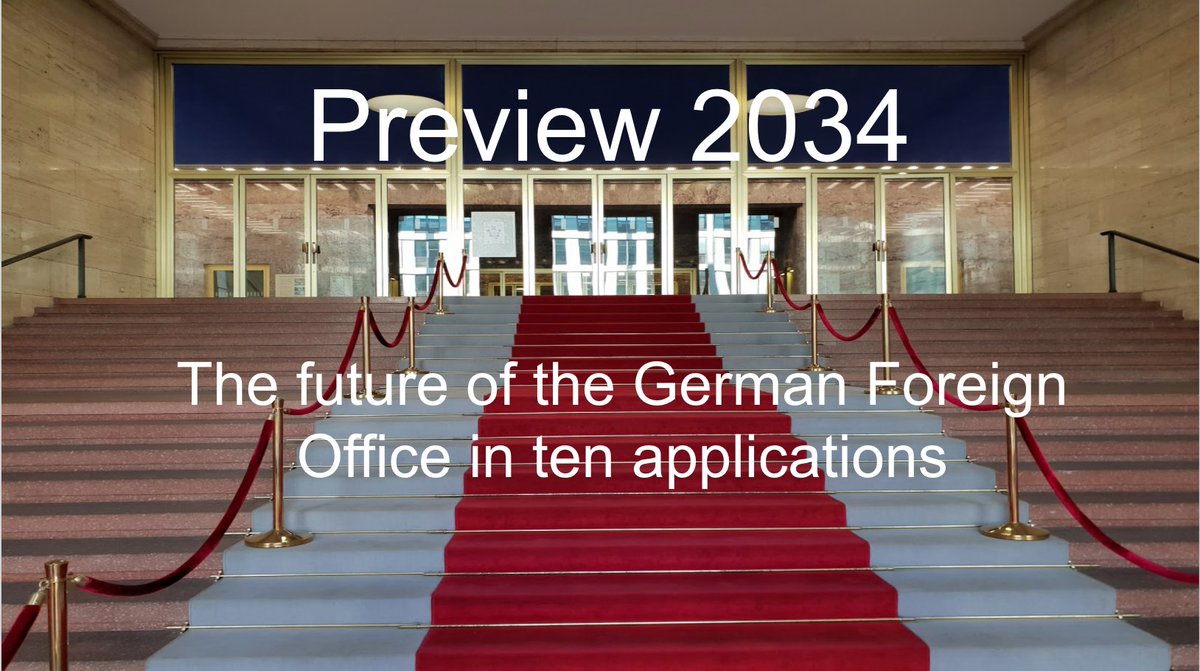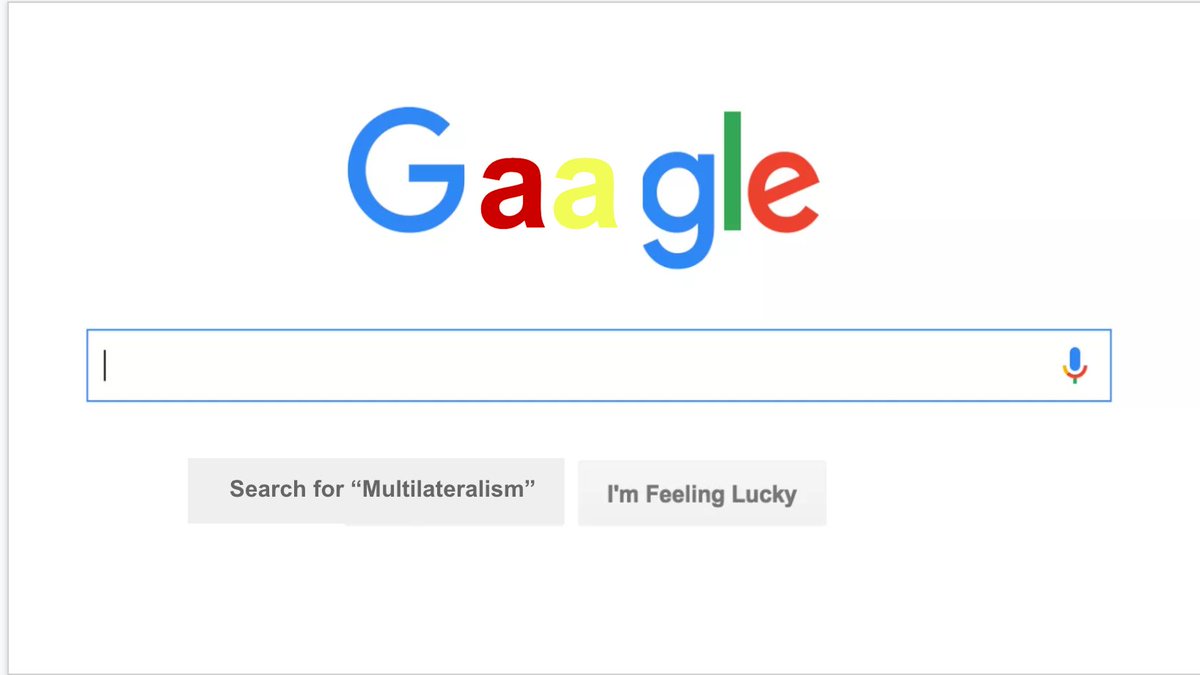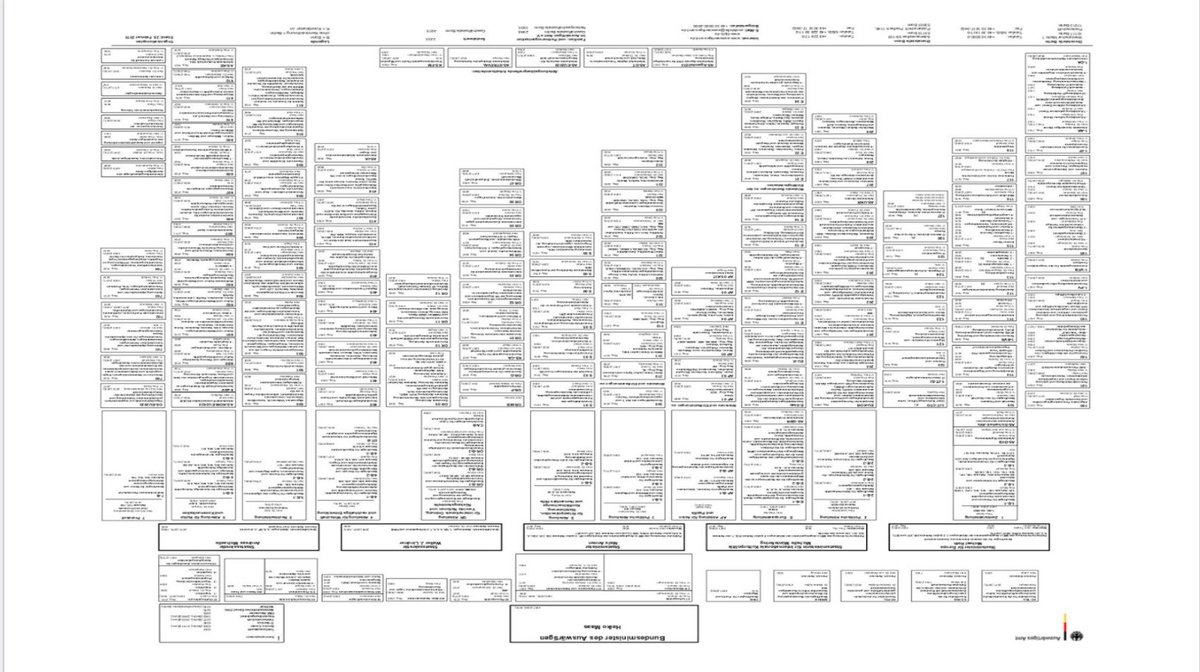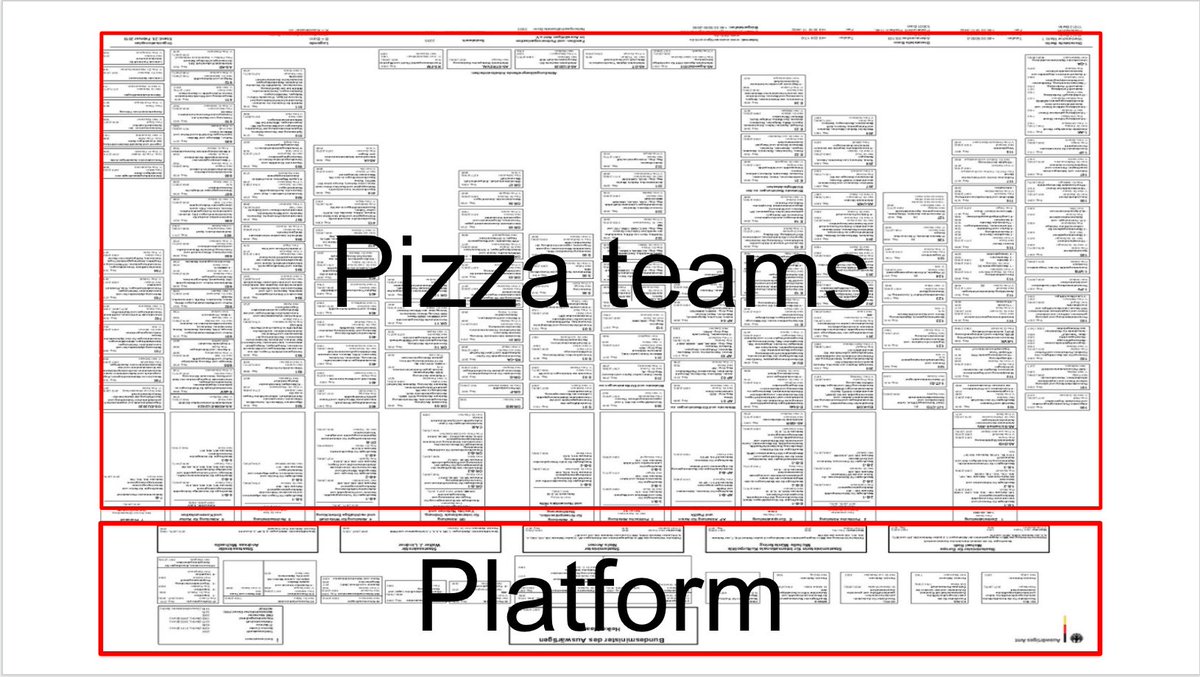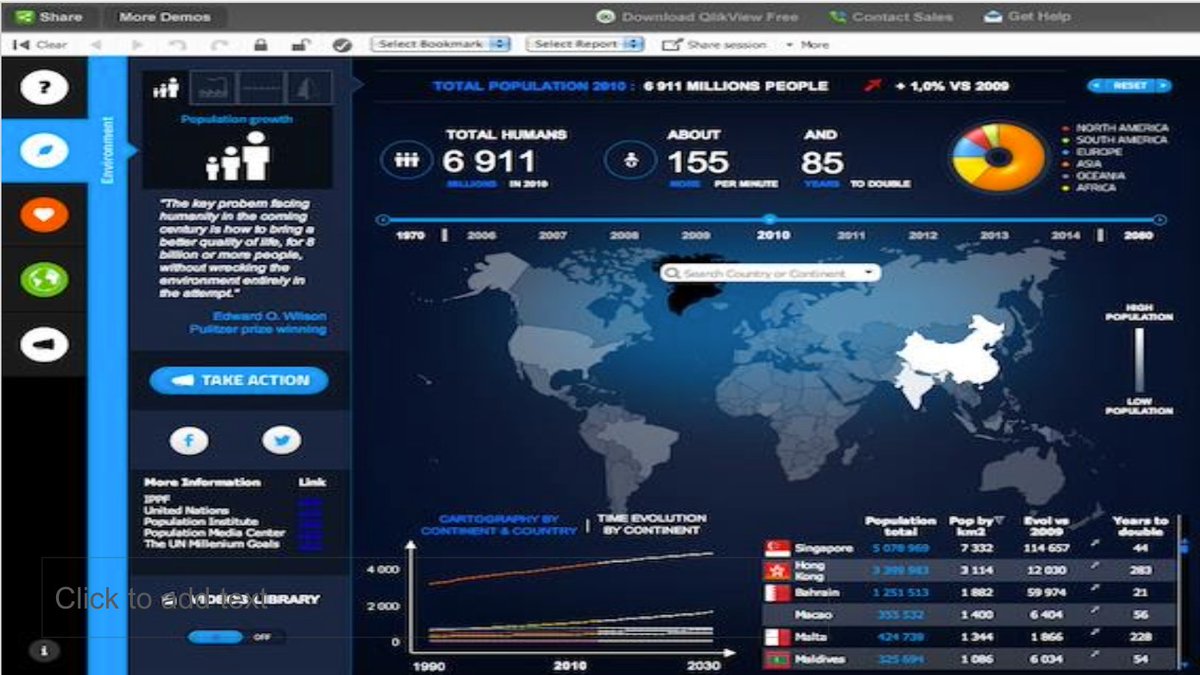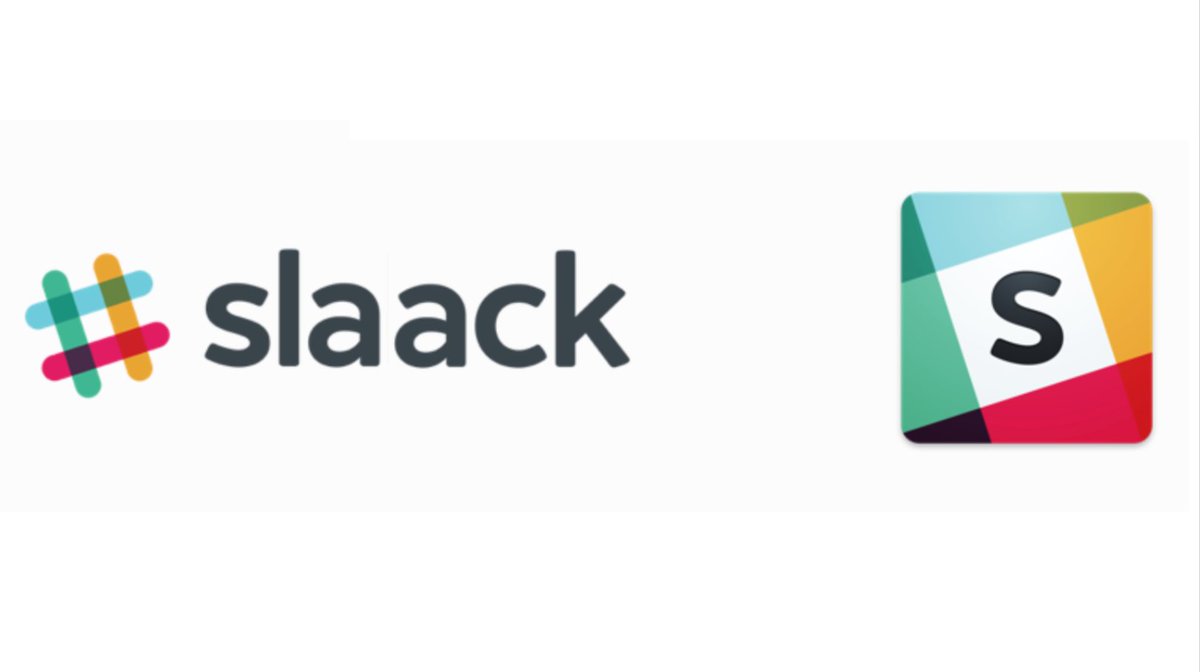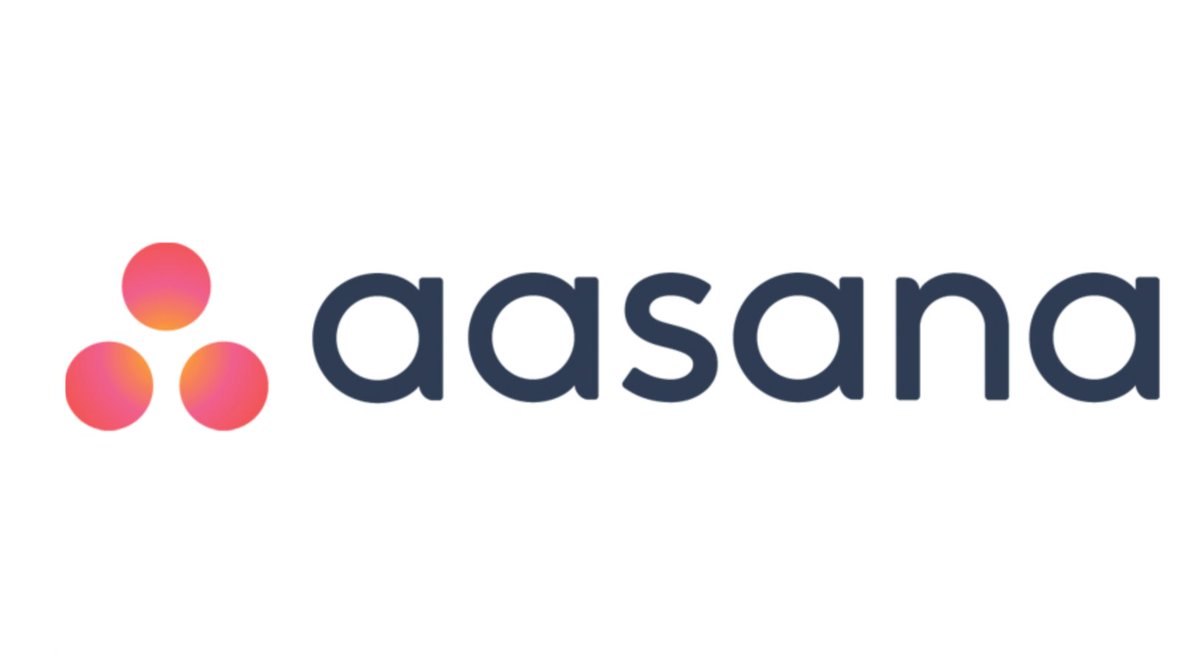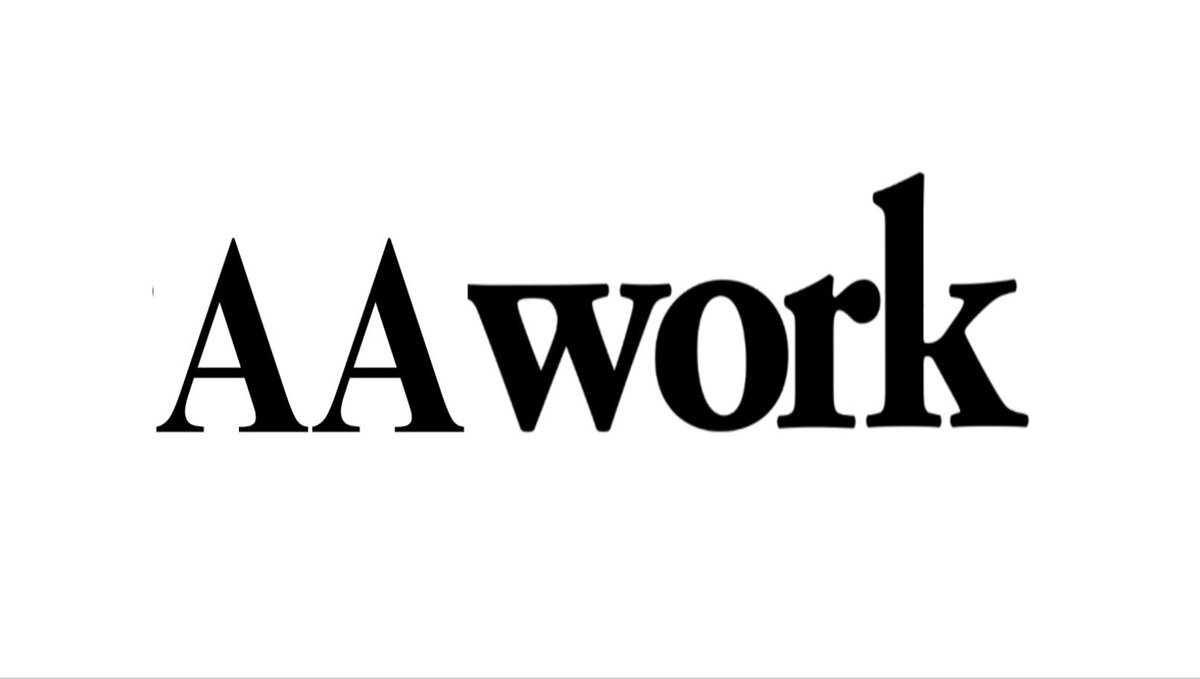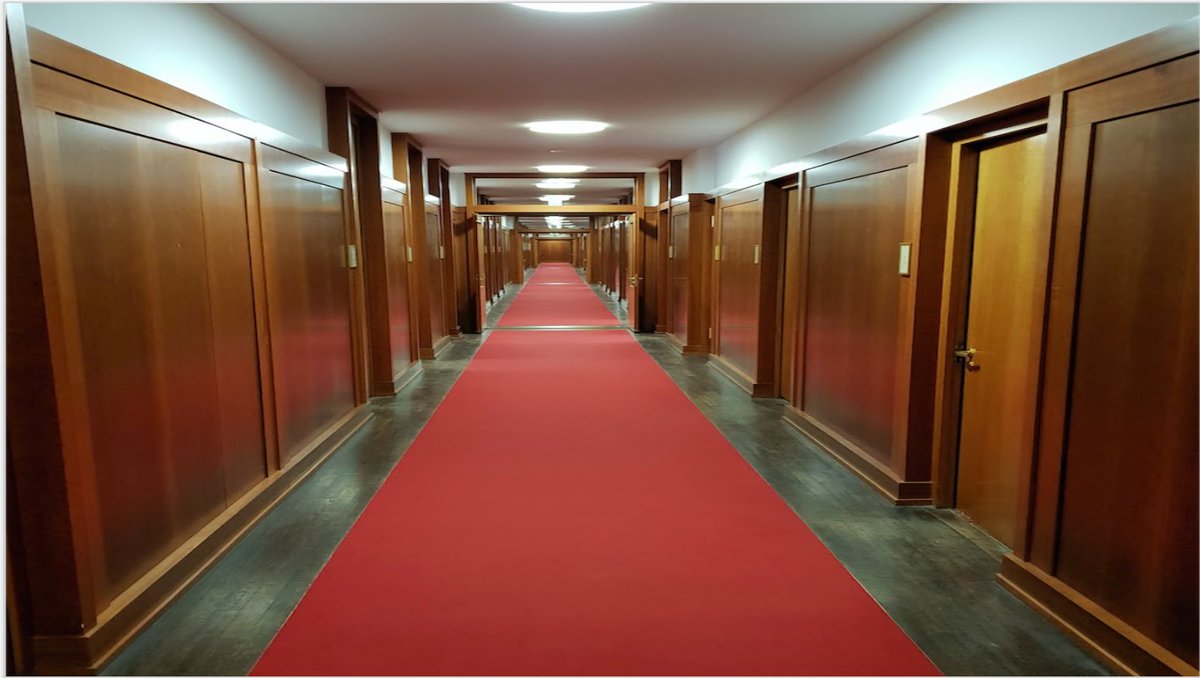Meant to send these tweets for some time, but never got around to doing it. But it’s now or never: I’ll be moderating a panel ( https://buff.ly/3n0SxRc )">https://buff.ly/3n0SxRc&q... at the Creative Bureaucracy Festival on 9/29 on why it always seems to take a crisis to get German bureaucracy to modernise.
The following tweets are based on a (somewhat tongue-in-cheek) talk I gave at the end of my stint as Tech Fellow at the German Foreign Office (many thanks @planungsstab and @MercatorDE). Thanks to the pandemic, much has changed since. But much is still the same...
150 years is long, but it mirrors the institution’s age.
Looking that far ahead allowed me to ask: Will the Auswärtige Amt (AA) still exist in 2169? Yes, probably. Still, the world can leave an institution in the dust and make it irrelevant. This is the danger the AA faces.
Looking that far ahead allowed me to ask: Will the Auswärtige Amt (AA) still exist in 2169? Yes, probably. Still, the world can leave an institution in the dust and make it irrelevant. This is the danger the AA faces.
The Central Committee of the Socialist Unity Party of the former East Germany once met here. Now it’s where AA department heads gather daily to discuss the state of the world. Instead of profiles of Marx and Engels it now features one of Bismarck, the founder of the AA.
Germany’s first chancellor would probably still recognize how the AA works, at its most fundamental. Information is still processed in much the same way - mostly up and down the silos (“Abteilungen”, or departments) you see here on the ministry’s artful orgchart.
Underlying this structure is a very sophisticated system for pushing paper around (or “Akten”, files in German)-a “Prussian blockchain” of sorts. This, for instance, is an “Aktenbahnhof”, part of a rail-based system to transport files within the ministry’s labyrinthine building.
You type in an address and these trolleys find their way through a complex tunnel system (shades of “Brazil” here) to another Aktenbahnhof, where the files are automatically dropped off (perhaps unsurprisingly, the system is built by a subsidiary of thyssenkrupp).
If you look closely, there are signs of this paper-based blockchain everywhere. Senior employees are meant to keep secret files in strongboxes in their office. When they leave the building, they are required to drop them off at one of these secure mailboxes (right).
Key files are given to the “Regristraturen”, special offices, where they are “veraktet”, meaning assigned keywords and sent for filing to the archives. These live under the building in a four-storey vault which once was used by the Reich’s central bank.
Here’s where Germany’s foreign policy goes to rest: the vault is filled with 27 kilometres of shelf space accommodating boxes of Akten. It is the endpoint of what must be one of the world’s most sophisticated systems to process information on paper.
This system would still be ticking on nicely if it weren’t for e-mail. As elsewhere, it’s taken on a life of its own. Over 5m mails are sent around the AA every month, many useless cc’s (when you start the program, a message tells you not to be an e-mail pig).
The AA is thus stuck in digital limbo (nicely symbolised by this untranslatable screenshot from the AA intranet): paper is still the medium of record, but there is no filing system for e-mails. These have to be printed to get “veraktet” (which happens ever-more rarely).
As a result, the AA’s memory is fading fast. A lot of time is spent figuring out how things are done. Digital knowledge management barely exists, a bad idea when a third of AA employees are moved into a new role each year (often at one of the many embassies around the world).
There are other reasons, of course, why the AA is not agile enough, such as the hellishly bureaucratic civil service. To remain relevant the AA needs to move much faster. Better IT could help. Here are the top ten apps the AA ought to use by 2034 (and not only in 150 years…).
Admittedly, some of these applications (and the accompanying slides) are a bit cheesy and old hat for those steeped in the magic of digital transformation. Others seem hard to fathom. But it’s a start. I hope the AA will do much better.
The first is “Gaagle”, an internal search engine that would allow German diplomats to instantly sift through their ministry’s data, from important mails to the archives, plus plenty of external sources. It would replace the existing intranet, a hodgepodge of dozens of services.
In itself, such a service would be of limited use. But it focuses minds on the fact that the AA needs to consolidate its data. In a way, it needs to turn itself on its head. The principle of “need to know” must be replaced by “need to share”.
The AA would in effect become a data platform. And individual units (“Referate”) could act more like “Pizza teams” (of Amazon fame), which access data as needed (and even split themselves up if they become too unwieldy).
These digital Referate could use dashboards showing essential information about their country or issue. One unit of the AA is already working on something which could one day turn into such a data platform: an early crisis-warning system called Preview.
Second, to stem the e-mail flood, the AA also needs something like WhatsApp. In fact, there are apparently already dozens of AA WhatsApp groups - although the service is verboten for official business. This form of shadow IT shows the need for more flexible communication.
Third, whether it’s by using Slack, Microsoft Teams or some other such service - without such a collaboration-cum-communication offering, the AA will never solve its knowledge-management problem and speed up its organisational metabolism.
Fourth, a project-management tool such as Asana would also help - and avoid the problem of teams having to start from scratch every time they have to organise a conference or some other event, for instance.
The fifth suggestion is not really an application, of course, but no less important. It is modeled on WeWork, the co-working-space juggernaut (OK, it has not been doing so well, recently).

 Read on Twitter
Read on Twitter